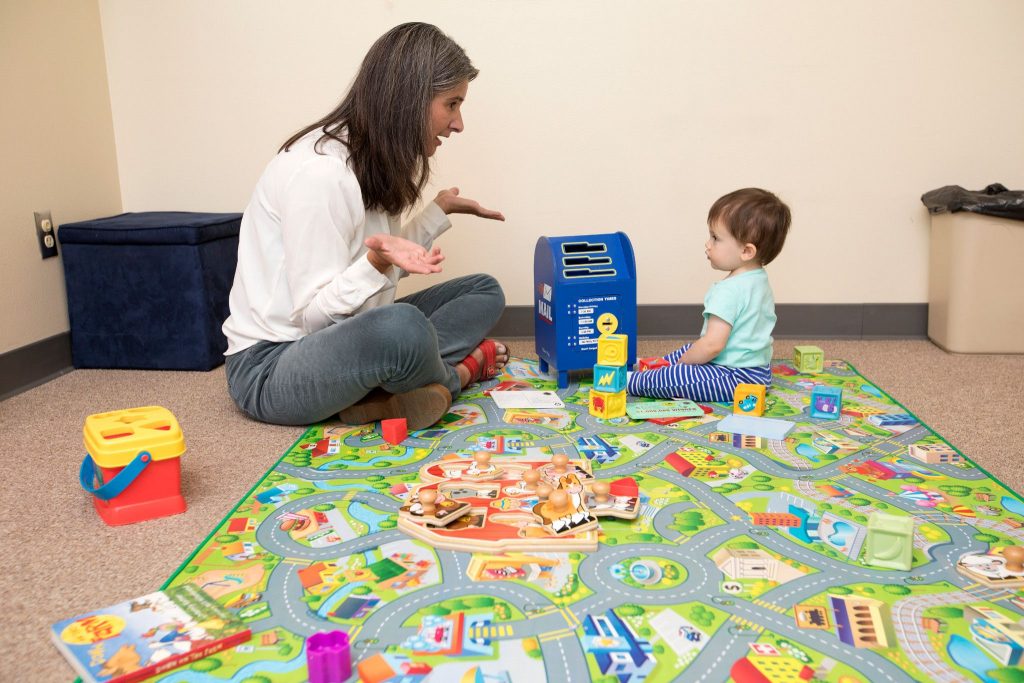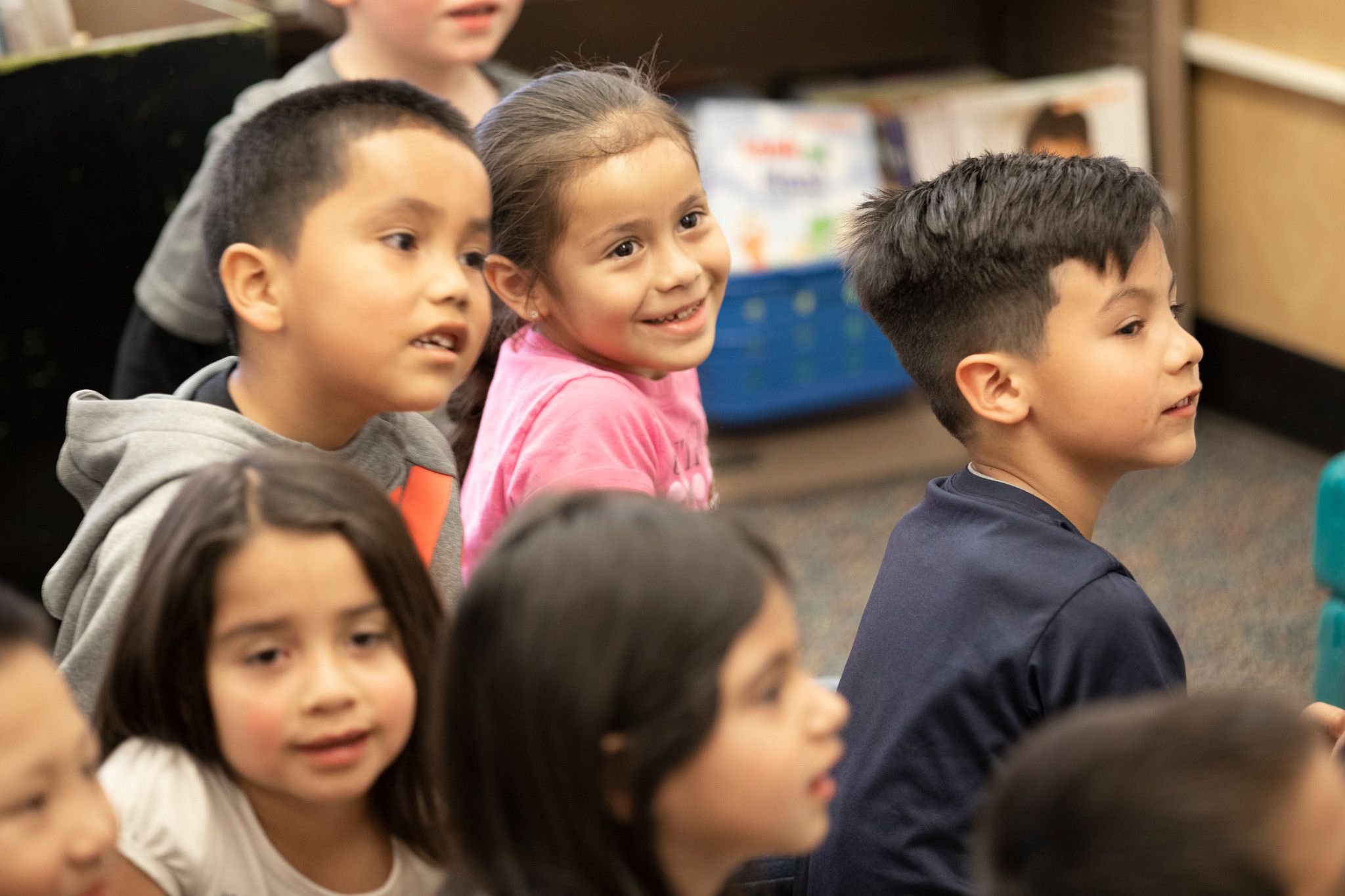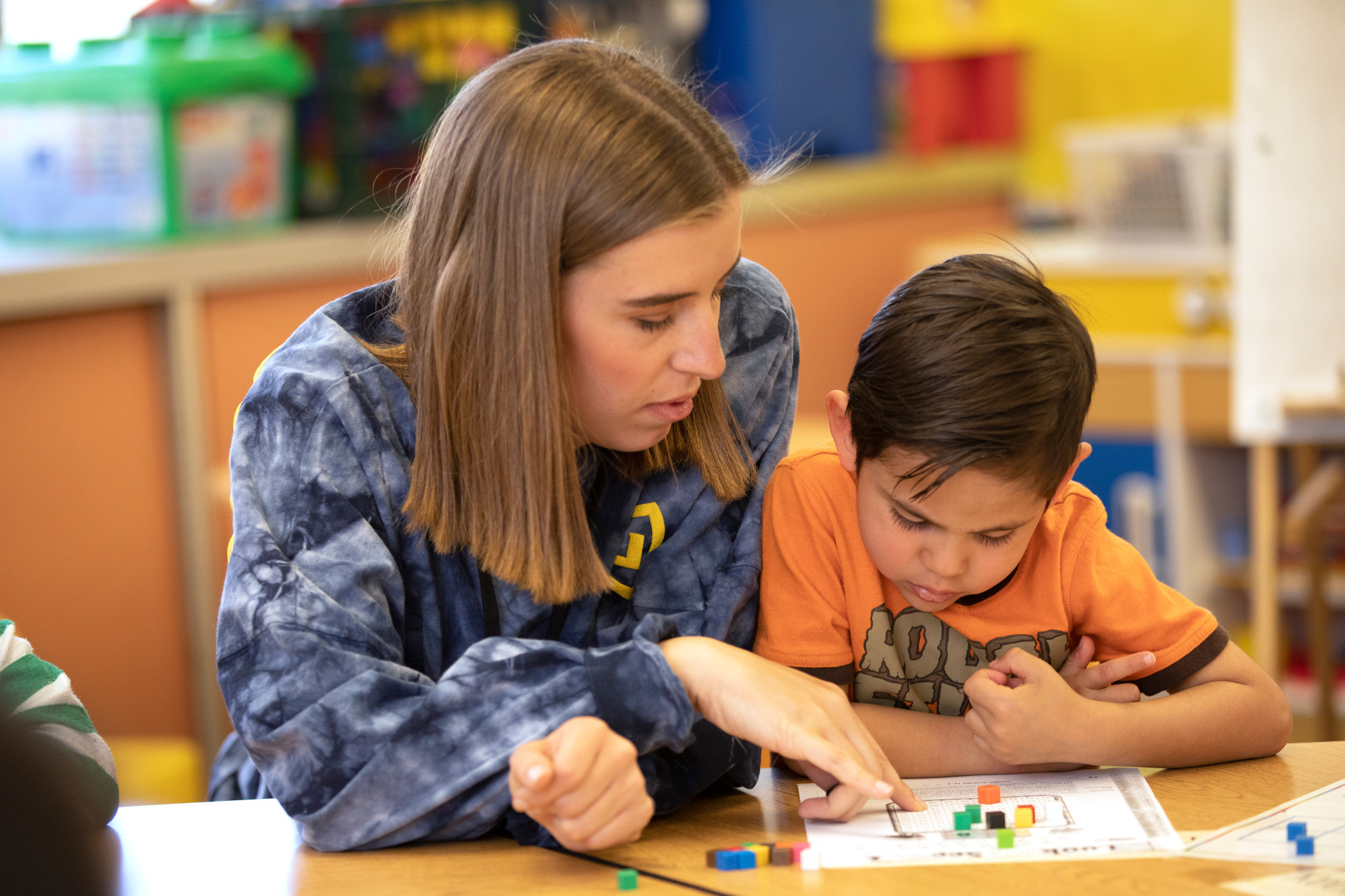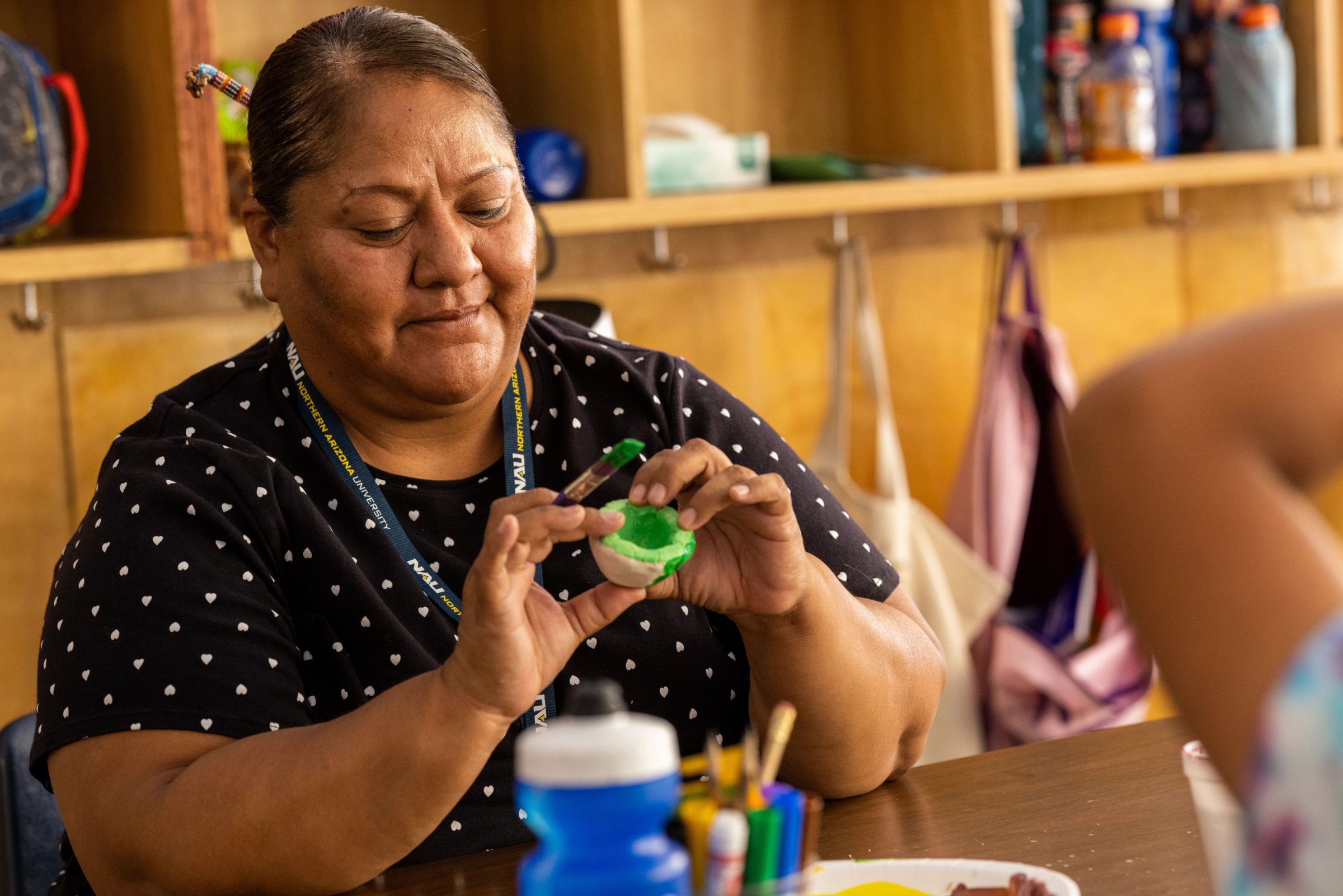Unleashing the power of social-emotional learning in early childhood
Imagine stepping into a classroom where every child thrives emotionally, socially, and academically. This isn’t just an ideal; it’s the transformative power of fostering social-emotional development in early childhood education. Why is nurturing these skills crucial? They lay the foundation for lifelong success, resilience, and effective navigation through life’s complexities. As an educator or future educator, you play a pivotal role in developing skills that form the cornerstones of a child’s future. In part one of our two-part series on social and emotional development, we share why these skills are essential and how you can implement strategies to cultivate social-emotional development in your own classroom.
Why is social-emotional development in early childhood education so important?
Social and emotional skills developed in early childhood lay the groundwork for success later in life. Children who can manage their emotions, communicate effectively, and form positive relationships with others are equipped to navigate the challenges of school, work, and personal relationships throughout their lifetime.
Social-emotional skills are essential for:
- Academic achievement: Social-emotional skills are closely linked to academic success. Children who can emotionally regulate and work well with others are more likely to engage in learning activities, persist through challenges, and perform better academically.
- Building positive relationships: The early childhood years are critical for teaching kids how to interact positively with others. Cultivating skills like empathy, cooperation, and conflict resolution now can forge strong, supportive relationships.
- Self-regulation: Effective management of emotions and behaviors is not just about self-control. It’s about thriving in new and challenging situations, which is indispensable for personal growth and learning.
- Developing resilience: Resilience is about bouncing back from setbacks. Children with robust social-emotional skills are more adept at facing challenges and adapting to adversity.
- Healthy development: When children feel safe, supported, and connected, they are poised to succeed socially and academically.
What are some challenges in supporting social-emotional development, and how can teachers overcome them?
Early childhood teachers play a critical role in fostering social-emotional development by creating nurturing environments, teaching emotional literacy, modeling positive behaviors, and facilitating social skill practice through play and collaboration. But it’s not without its challenges! Let’s explore some common challenges you may face supporting social-emotional development in young children and how to overcome them.
Challenges in fostering social-emotional development
Some common challenges educators experience when supporting social-emotional development in young children include:
- Limited resources: Educators often juggle limited resources, which can hamper individualized support for each child’s unique social-emotional needs.
- Addressing diverse needs: Children come from diverse backgrounds and may have varying social-emotional needs and abilities. Educators must balance differentiating instruction, supporting the unique needs of each child, and centering all cultures within the classroom.
Strategies for enhancing social-emotional skills in the classroom
- Promote a positive classroom climate: Create a warm, nurturing, and inclusive classroom where children feel safe, supported, and valued. Celebrate all children’s backgrounds and cultures within your classroom. Establish clear expectations with your children and model positive social-emotional skills.
- Provide social-emotional learning opportunities: Use books, songs, games, and role-playing to teach empathy, communication, and problem-solving. Model positive communication and self-regulation skills. Instead of solving children’s problems, serve as a facilitator to help them resolve the issue themselves when possible.
- Give individualized support at the right time: Each child is unique and may require different levels of support. To ensure you have the bandwidth to do so, take the time to observe and assess each child’s social-emotional skills and build an advanced plan so you can provide targeted support when needed.
- Teach emotional regulation: Teach children strategies for identifying and managing their emotions, such as deep breathing, mindfulness exercises, or using “calm-down” areas. Encourage children to express their feelings in healthy ways and provide opportunities to practice self-regulation skills.
- Collaborate with families: Getting families involved in supporting their children’s social and emotional development in the classroom can help you address diverse needs and bridge the gap of limited resources. Ask parents or caretakers about their cultural backgrounds and incorporate cultural learning into classroom activities. Many family members love helping around the classroom, so don’t be afraid to ask volunteers to help with classroom activities and to donate supplies.
We can’t overstate how important social-emotional development is in early childhood education. In this blog, we’ve provided some tips and strategies to help you get started, but please reach out to NAU’s Department of Education for more information or guidance. Stay tuned for part 2 of our series, focusing on engaging activities to boost positive social interactions among preschoolers. Plus, as a bonus, we’ll share developmental milestones for each age group to help you track children’s progress.
Want to formalize your training in early childhood education with a degree or certificate? Explore NAU’s bachelor’s and master’s in education programs.
- Early Childhood Education (MED)




